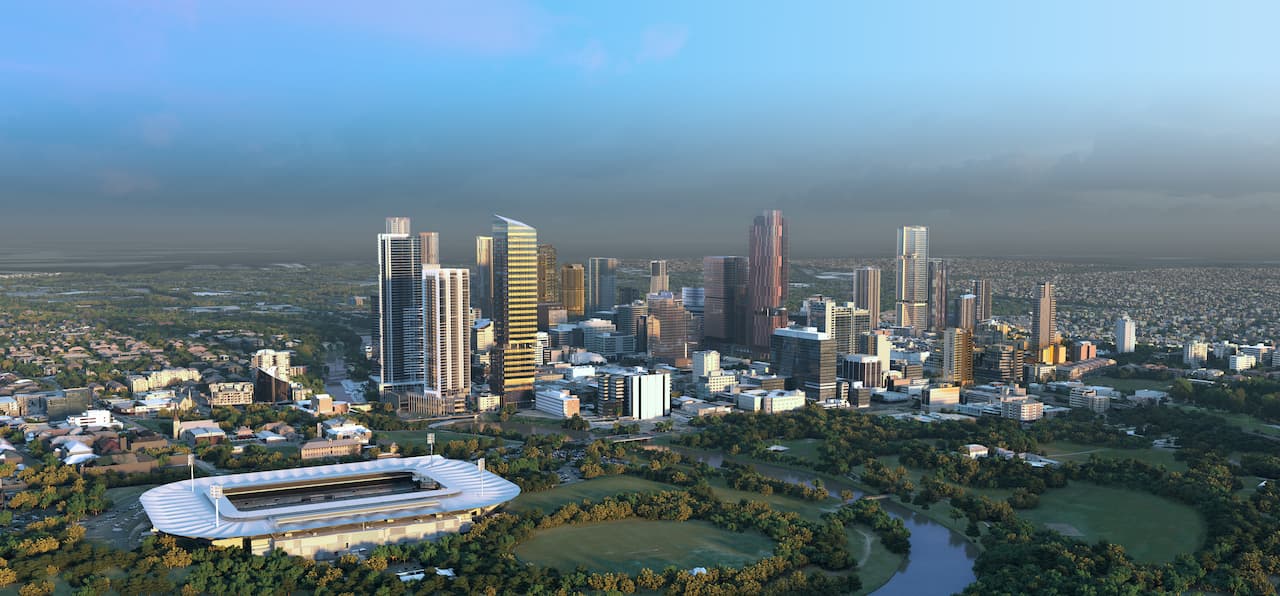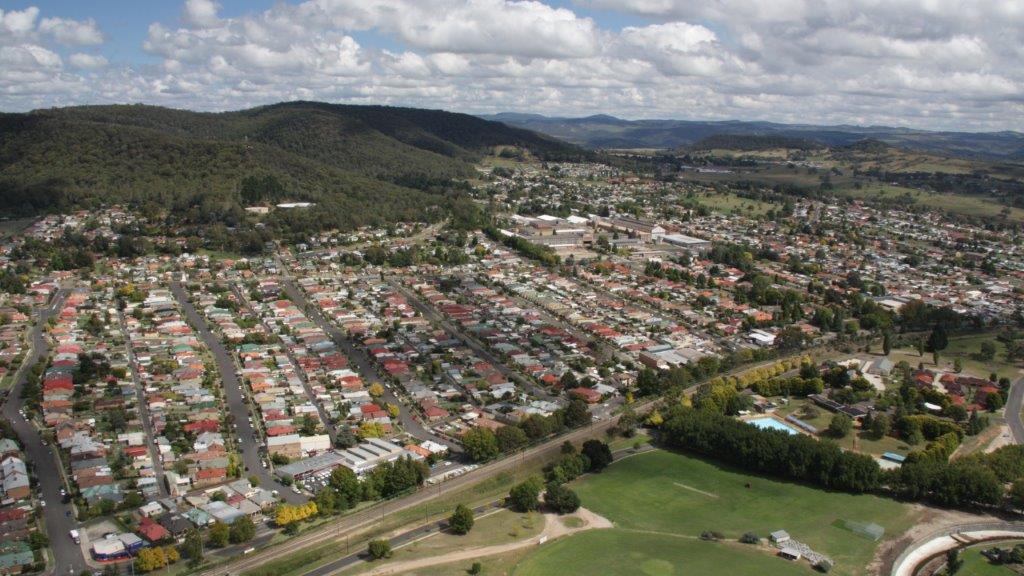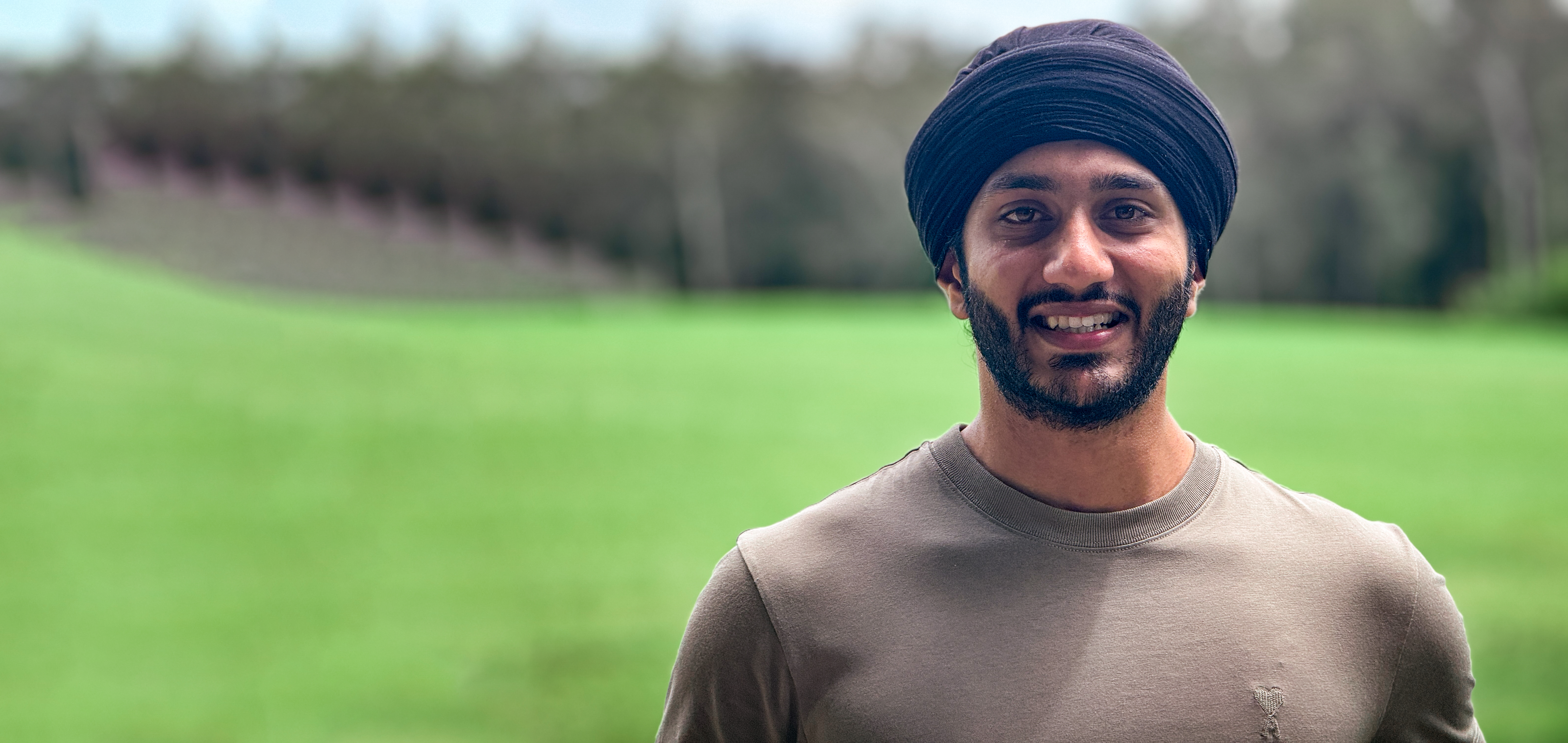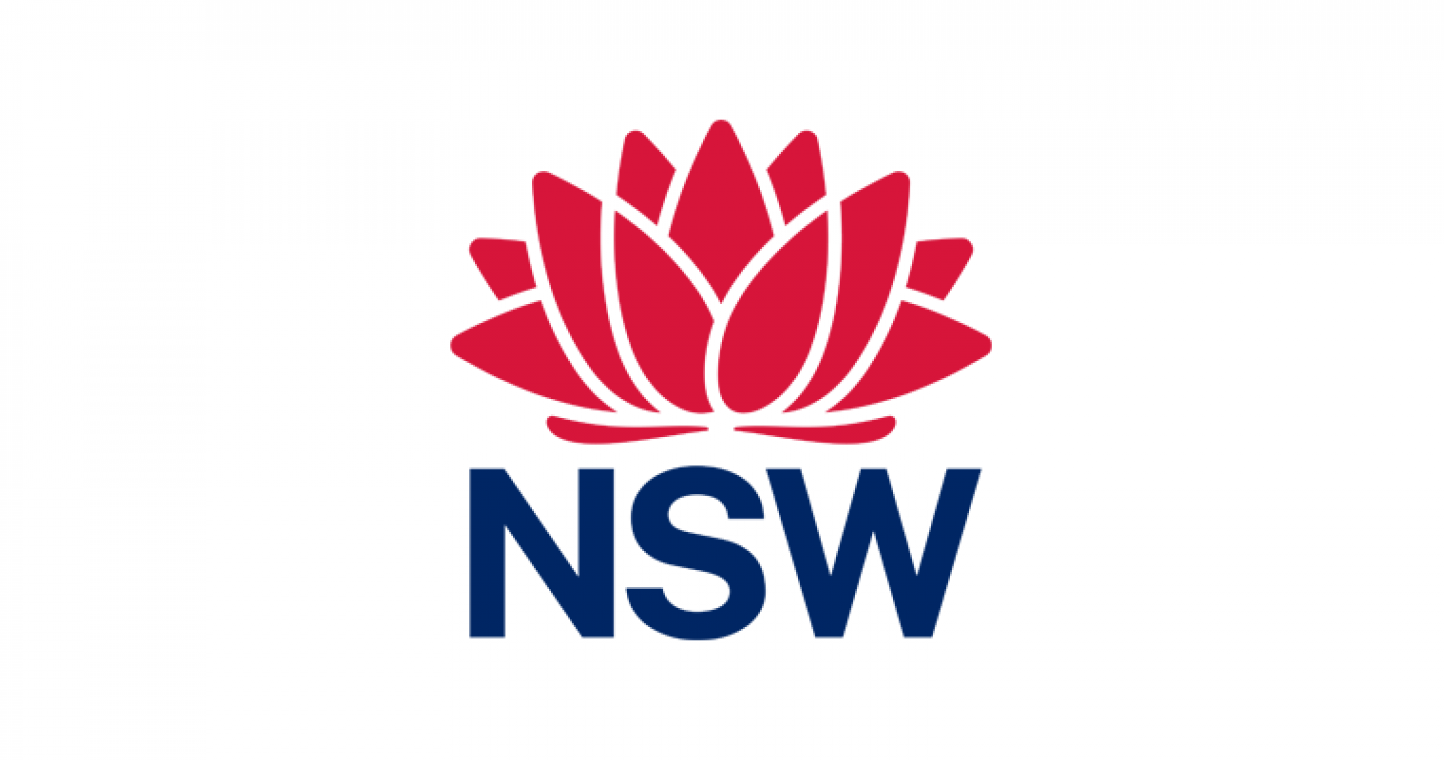When he was young, Professor Chris Lawrence dreamed of space. This is because, back then, he felt torn between two worlds, between Indigenous and white Australia. The Aboriginal boy looked to the stars instead, and dreamed of space and flying.
Chris Lawrence
Professor, Department of Human Centred Computing, Dean of Indigenous Engagement, Faculty of IT
His young Aboriginal parents were taken from their traditional land and put in missions and reserves in Western Australia in the 1960s.
When Professor Lawrence was born, he went back to a reserve to be raised as a ward of the state. His parents had been split between the notorious New Norcia Mission and Norseman Mission – he was separated from them and put in a government-run reserve.
Indigenous people living in these circumstances had their own sense of community, but he says he was “born a non-citizen”, in 1966, before the 1967 referendum that allowed Aboriginal and Torres Strait Islander peoples to be counted in the population.
This year, Professor Lawrence became Monash University’s first Dean of Indigenous Engagement for the Faculty of IT. His leadership regarding Indigenous achievement is now within a new frontier – outer space. He’s come full circle.
“I was a kid looking up at the stars asking for the aliens to come and get me,” he says of his extraordinarily difficult childhood. “I just thought, ‘Who am I?’. I always dreamed about flying and dreamed about space – these are my early, early memories of my childhood.
“Later, I realised it was really about me working out who the hell I was. The idea of flying and space was always there in the back of my mind.”
“I came from humble beginnings, which I talk about because I want to remind students, and especially Indigenous students, that where you come from is important. It doesn’t matter where you’re going, as long as you know where you come from.”
His grandparents took him from the reserve when he was a year old, with his brother, and took them to the suburbs of Perth, to Lockridge, near the Swan River. He went to school around there and began to forge an identity.
“My mum’s mother Mary took us, with her second husband Jack, who was a white man – took me and my brother. They ended up getting married to get custody of me and my brother. They didn’t have their own children, so they raised us. We had a great upbringing with Mary and Jack.
“There was a group of us around there, we’re all still connected. We have a ‘Locko’ group – they’re called the Locko mob. I’m connected with all my old school mates; they’ve been watching my journey.
“I came from humble beginnings, which I talk about because I want to remind students, and especially Indigenous students, that where you come from is important. It doesn’t matter where you’re going, as long as you know where you come from.”
Academy collaboration with NASA
In March, Professor Lawrence launched his space project, the National Indigenous Space Academy (NISA), with Monash, NASA’s Jet Propulsion Laboratory (JPL, in California), and the Australian Space Agency (ASA).
The academy is now poised to send five Indigenous students from universities across Australia to California for 10-week full-time internships, learning robotics, astrophysics, planetary science, engineering, computer and Earth sciences, as well as about past and current space exploration missions.
NISA was set up with Dr Adrian Ponce, of NASA’s JPL.
It’s an initiative that’s led Australia’s Minister for Indigenous Australians, Linda Burney, to talk of “future space leaders”, and the Minister for Industry and Science, Ed Husic, to say it will “open up a new world of career opportunities”.
Australian Space Agency head Enrico Palmero says the agency proudly celebrates Indigenous Australians as the world’s oldest astronomers, and that they’re critical to the present and future as the organisation looks to space in a uniquely Australian way.
Preparing for a ‘Space Boot Camp’
Monash University’s Faculty of IT will facilitate and administer NISA with financial support from the Australian Space Agency (ASA), in partnership with JPL’s education team who manage the internships.
There were 30 applications for the internships. Of those, almost half were female. NISA has sent the top five applications (both PhDs and undergraduates) to NASA’s lab for it to allocate supervisors and timetables for their courses.
As part of the program, students will spend time at Monash’s Faculty of IT for a “Space Boot Camp” preparation program.
NISA has already supported three Indigenous STEM students to successfully complete an internship at NASA/JPL – Professor Lawrence began setting up the academy when at the University of Technology, Sydney.
“I know at least one of the five, who is female, is very ambitious about becoming the first Indigenous astronaut,” he says. “When they and the next cohort go to the JPL, they’ll meet their own like-minded people, they’ll meet their own peeps.
“It doesn’t matter that they happen to be Indigenous, but they’ve all got this one thing, which is about space.”
“Space” doesn’t just mean the Moon and Mars and space rockets, however. The links to STEM are wide.
“Satellites,” Professor Lawrence, says, “our phones, the internet – this is all happening because of space research. It could be issues to do with climate change, it could be issues to do with fire management and bush management, water management … the scope is huge.”
A push to attract Indigenous STEM students
But in STEM, as in many disciplines, Indigenous student and graduate numbers are still low.
“We don’t have enough Indigenous scientists and technologists, engineers, mathematicians,” he says. We have five Indigenous students out of 5000 in the Faculty of Information Technology, and it’s not good enough.
“That’s why they brought me in, and this is what my role is – to champion and increase those numbers, and look at how we recruit and retain and graduate those students, and find those industry-based placements for them so that they have career pathways.
“We want to normalise STEM so that it’s a normal discipline for Indigenous people to take up, because if anybody can pick up a piece of wood and throw it and make it come back, they’ve got to be innovators, right? STEM is in our DNA. We’ve always been the first scientists, technologists, engineers, architects, mathematicians, medicine people.
“It doesn’t matter if you become a space explorer and go to Mars, or if you do something else in STEM. You’ll always be Aboriginal. You’ll never stop being Aboriginal. You carry that with you – it’s your identity, even in space.”








